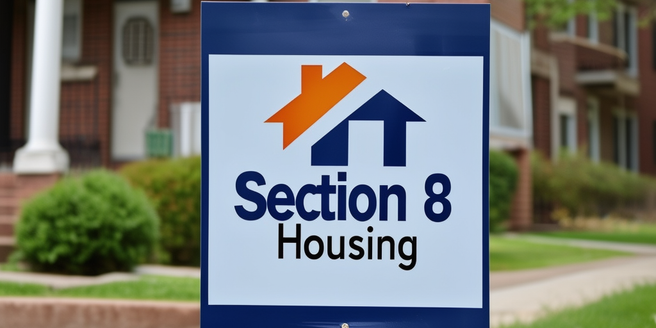Understanding the Basics of Section 8 Housing
Section 8 Housing is a vital U.S. program engineered to provide quality housing to economically disadvantaged families, under the supervision of the U.S. Department of Housing and Urban Development (HUD). Funded by the federal government, it serves as a key social security measure, enabling lower-income households to afford proper housing otherwise out of their reach. The program uses strict criteria to determine eligibility and distributes vouchers from HUD, which can be utilized in the private housing market. This allows families the flexibility to select their preferred area of residence instead of being confined to specific neighborhoods. Section 8 generates far-reaching effects beyond providing shelter; it improves housing security, offers protection against sudden homelessness due to financial issues, contributes significantly to poverty reduction, and gives recipients a chance at stability and self-reliance.
Common Myths Surrounding Section 8 Housing
A common misconception is that Section 8, the government housing assistance program, exists purely to aid the poor. However, it has been found that the program not only aids those in financial distress, but also stimulates local economies by promoting increased spending in low-income communities, thus supporting local businesses and growth.
There is also a misconception that Section 8 homes are poorly maintained while in fact, they are subject to regular inspections and must adhere to strict Health and Safety standards from the Department of Housing and Urban Development. These homes often surpass the conditions of other rental properties in the same income bracket, thanks to continuous oversight and regulation compliance. The arguments against Section 8 housing are thus not only misplaced, they obscure the economic benefits this program has on local communities.
Fact-checking: The Truth About Section 8 Housing Eligibility
The Section 8 Housing program, a government initiative, provides housing assistance to individuals who earn less than 50% of their local area’s median income, prioritizing those making less than 30% of the median. This aid doesn’t grant ‘free housing,’ as recipients are still obligated to pay rent, but it allows them to pay just 30% of their income, facilitating affordable living. The program should not be mistaken for an entitlement or universal right, but rather viewed as a crucial resource for those in desperate financial need, aimed at lessening the severity of their housing cost burden by offering them accessible housing options.
The Actual Quality and Condition of Section 8 Homes
Contrary to prevailing stereotypes, Section 8 homes are not dilapidated or unsafe. Many people mistakenly believe these properties are poorly maintained, but in reality, they undergo a comprehensive inspection by local public housing agencies before approval. To abide by regulations, these homes meet and often surpass federal Housing Quality Standards set by regulatory authorities to guarantee tenant safety and comfort. This not only ensures a secure shelter for residents, but also guarantees that every aspect of the living conditions is top-notch, from the structural integrity of the dwelling to its amenities and facilities. So, dispelling any misconceptions about Section 8 housing is crucial because these homes aren’t just habitable, they pass rigorous quality tests for comfort and safety.
Role of Section 8 Housing in Social Mobility
Affordable housing, such as Section 8 Housing, is crucial to economic advancement and stability by providing families with a secure base for pursuing better financial futures. Stable housing ensures that adults can seek employment opportunities confidently, knowing they have a constant roof over their heads. Moreover, it guarantees that children enrolled in programs like Section 8 have a stable home environment, enhancing their focus on academic pursuits as the worry of displacement is diminished. This stability allows families to plan for long-term goals, including career growth and children’s education. Section 8 assists in breaking the poverty cycle by ensuring consistent access to secure living arrangements, thus helping families concentrate on other areas of improvement and progress like education and employment. So, affordable housing programs are not just about providing shelter but also about giving families the stability required to thrive in life and enabling societal change by breaking the generational cycle of poverty.
Effective Ways to Dispel Misinformation About Section 8 Housing
Public awareness is crucial to understanding the intricacies of Section 8 Housing, breaking misconceptions and emphasizing the benefits that extend beyond just recipients to their communities. Educating the public about these realities, presenting these facts to a wider audience – we can dispel barriers, encourage societal acceptance and counter existing prejudices against such initiatives. Moreover, this effort fosters the support for inclusive housing policies, steering housing strategies towards a more equitable path. In the end, improving public awareness about Section 8 Housing is essential in dispelling myths, fostering an inclusive society, reducing stigmas linked with housing assistance programs, and promoting inclusivity in all aspects of our communities.



